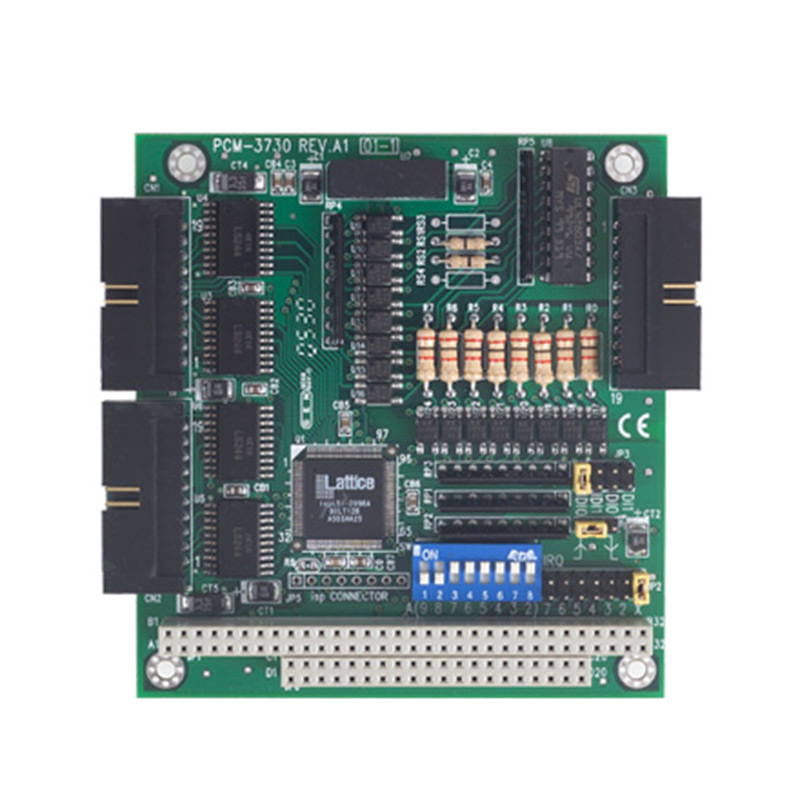

The Rise of Ultra Transparent Glass A Window to the Future
In recent years, a remarkable advancement in materials science has paved the way for the growing popularity of ultra transparent glass. This innovative material, distinguished by its high clarity and exceptional light transmission properties, is revolutionizing various industries, from architecture to technology, and even automotive design. Ultra transparent glass is not just a practical solution for enhancing aesthetics; it also presents a multitude of beneficial features that promise to transform our built environment.
What is Ultra Transparent Glass?
Ultra transparent glass is engineered to maximize clarity while minimizing distortions and reflections that typically compromise traditional glass. This glass type is often created using advanced manufacturing techniques, such as improved raw materials and specialized coating processes, which enhance its optical performance. The result is a product that allows for an incredible 90% or more light transmission, effectively making it invisible in many applications.
Architectural Applications
In the realm of architecture, ultra transparent glass is becoming the material of choice for innovative designs. Architects and designers leverage its clarity to create spaces that blur the lines between indoor and outdoor environments. With its minimal visual interference, ultra transparent glass allows for breathtaking views and a seamless integration with nature. This is particularly evident in modern skyscrapers and residential buildings where floor-to-ceiling glass facades provide unparalleled natural light and panoramic vistas.
Not only does ultra transparent glass enhance aesthetic appeal, but it also contributes to energy efficiency. Many designs incorporate low-emissivity (Low-E) coatings that prevent heat transfer while allowing sunlight to illuminate spaces. This energy-efficient property reduces the need for artificial lighting and helps regulate indoor temperatures, leading to reduced energy consumption and lower utility bills.
Technological Innovations

Beyond architecture, ultra transparent glass finds applications in numerous high-tech devices. In the consumer electronics sector, it is used in screens and displays, where superior light transmission and minimal reflection are paramount. The use of ultra transparent glass in smartphones, tablets, and televisions results in displays that offer vivid colors and exceptional clarity, enhancing the user experience.
Moreover, as the world increasingly embraces augmented and virtual reality, ultra transparent glass plays a critical role in creating immersive environments. By using this material in headsets and displays, designers can provide users with a more realistic and engaging experience, melding the digital and physical worlds more seamlessly than ever before.
Automotive Industry Transformations
The automotive industry is also witnessing a shift toward ultra transparent glass. Car manufacturers are incorporating this material in windows and sunroofs to create lighter, more fuel-efficient vehicles. The clarity of ultra transparent glass allows for enhanced visibility while driving, promoting safety without compromising design. Additionally, tinted options can provide UV protection while maintaining transparency, protecting passengers from harmful rays without blocking views.
Environmental Considerations
As ultra transparent glass continues to gain traction across various fields, its environmental impact is noteworthy. Manufacturers are increasingly focused on sustainability, utilizing materials and processes that reduce carbon footprints. The energy efficiency offered by ultra transparent glass also promotes sustainable building practices, aligning with global goals for energy conservation and climate change mitigation.
Conclusion
Ultra transparent glass is more than just an aesthetic enhancement; it is a transformative material that offers significant benefits across multiple industries. As technology advances and the demand for sustainable practices grows, this innovative glass is set to play an even more significant role in shaping the future of our built environment. Whether in architecture, technology, or automotive design, ultra transparent glass promises to open new avenues of creativity and functionality, making the world a brighter and clearer place.